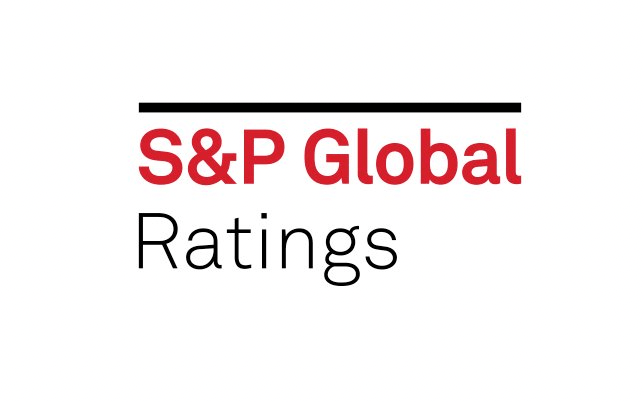S&P Global Ratings, a provider of credit ratings and financial analysis, has stated that reinsurers’ growing reliance on managing general agents (MGAs) represents both opportunity and risk.
 According to S&P, MGAs enable reinsurers to access specialist risks and distribution channels, but they also create vulnerabilities that could undermine underwriting discipline and credit strength if not managed with rigorous oversight.
According to S&P, MGAs enable reinsurers to access specialist risks and distribution channels, but they also create vulnerabilities that could undermine underwriting discipline and credit strength if not managed with rigorous oversight.
S&P reports that the US MGA market has more than doubled in size over the past five years, closely tracking the expansion of the excess and surplus (E&S) sector.
MGAs operate under delegated authority from insurers, reinsurers or alternative capital providers, and are empowered to underwrite, price, and bind policies, manage claims, and in some cases arrange reinsurance. This model has become increasingly influential within the US property and casualty market (P&C), strengthening links with reinsurers.
According to S&P, the factors behind this growth include structural changes in the E&S market, reinsurers’ appetite for first-dollar specialty risks, and the ability of MGAs to attract experienced underwriting professionals. However, S&P warns that once authority is delegated, the risk of misaligned incentives is significant.
MGAs may be inclined to prioritise rapid premium growth at the expense of discipline, with potentially adverse consequences for carriers’ earnings, reputations, and credit profiles. S&P emphasises that reinsurers should mitigate these risks by partnering only with MGAs that demonstrate credible track records, aligned remuneration structures and strong governance.
S&P notes that direct premiums written by MGAs exceeded $114 billion in 2024, or around 11 per cent of the US P&C market. At the same time, E&S premiums nearly doubled to $98 billion, excluding Lloyd’s, representing 9.5 per cent of the overall market. This reflects a material shift away from admitted carriers constrained by capacity.
For reinsurers, S&P highlights that MGAs provide an efficient entry into specialist lines of business by offering established expertise and distribution without the need to build teams internally.
Their ability to adapt quickly, supported by advanced analytics and increasing use of artificial intelligence, further enhances their appeal. Nonetheless, S&P underscores their dependence on external capacity as a core vulnerability.
To address this, many MGAs have diversified their carrier relationships or established affiliated insurers, Lloyd’s platforms or reciprocal exchanges, securing capacity while retaining a greater share of underwriting profits.
S&P also identifies a reinforcing cycle of growth: skilled underwriters are drawn to MGAs as entrepreneurial ventures, valuations continue to rise, and investor capital flows into the sector. This has increased demand for fronting carriers, which supported approximately $19 billion of MGA premium in 2024. These licensed insurers issue policies on behalf of MGAs before ceding premiums to reinsurers, typically retaining a fee.
S&P observes that global reinsurers are using the MGA channel to broaden their exposure to the US E&S market, particularly in small and mid-sized enterprise business. Working with fronting carriers provides reinsurers with access to these markets at relatively low cost, although many now require that fronting carriers retain a share of the risk to align interests.
While structured as reinsurance, much of this business resembles primary insurance, with reinsurers assuming first-dollar exposure. S&P regards this as a means of diversifying catastrophe-heavy portfolios, but not without additional risk.
“As market conditions become less favoUrable, MGAs’ growth-driven incentives may encourage excessive risk-taking, leading to misalignment and outsize losses, making selectivity essential for any reinsurers that partner with MGAs,” added Taoufik Gharib of S&P Global Ratings.
In conclusion, S&P states that MGAs create valuable opportunities for reinsurers, offering speed to market, specialist expertise and portfolio diversification. At the same time, they carry notable risks linked to capacity dependence, incentive alignment and underwriting control.
According to S&P, reinsurers must exercise careful selection, design robust remuneration arrangements and maintain strict oversight if the advantages of MGA partnerships are to outweigh the potential drawbacks.
The post S&P reports MGA growth creates both opportunities and threats for reinsurers appeared first on ReinsuranceNe.ws.
